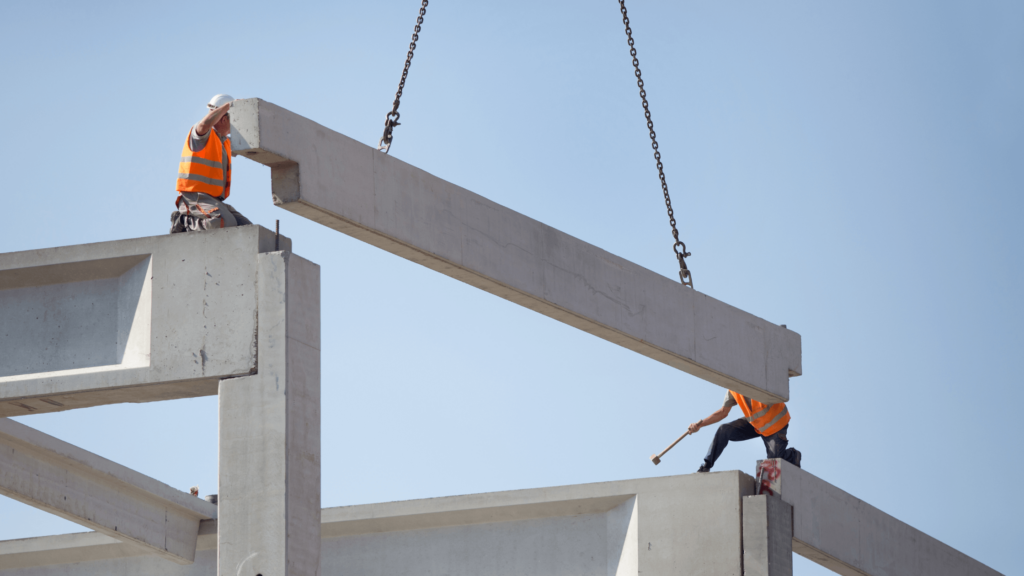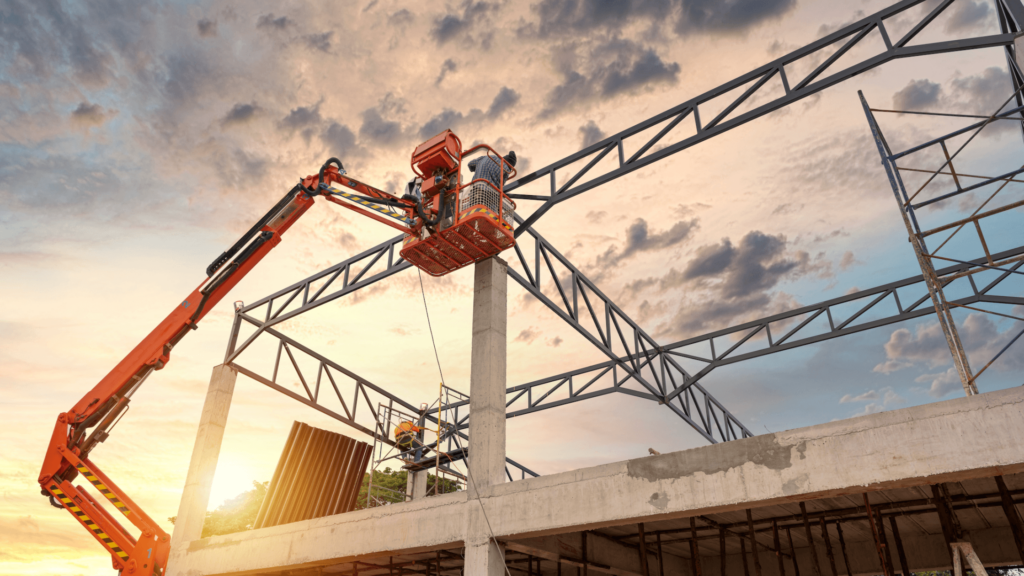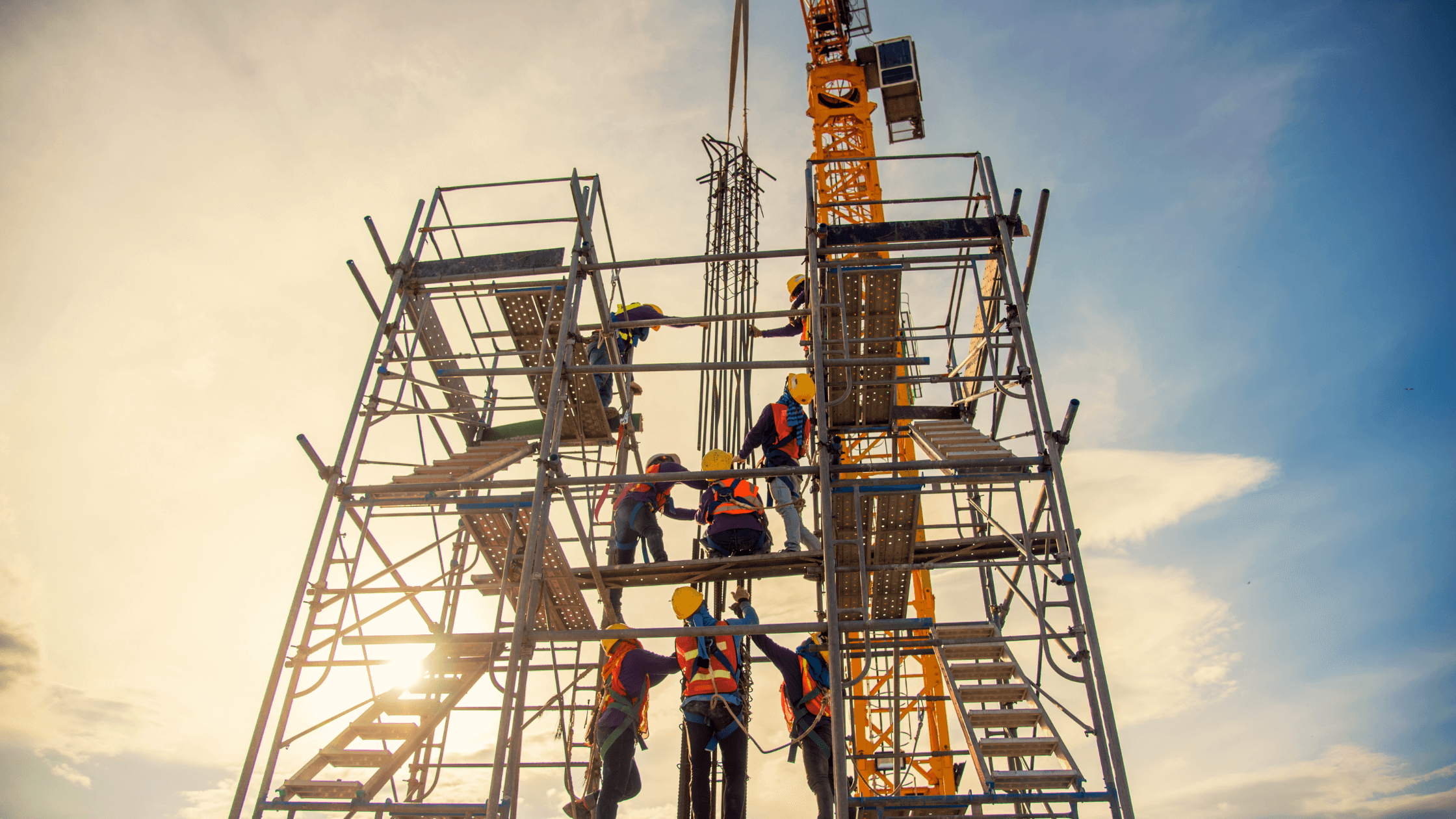In a recently released World Risk Poll, the construction industry ranked as the second most dangerous industry that puts workers at risk of harm on the job. While there are inherent dangers of working in construction, employers and employees can take specific actions to reduce their risk. Better reporting, better communication, and proper and consistent training can help the industry back out of the endemic harm problem it’s facing.
Quick look
- According to a new global report, construction is second in the list of industries most at risk of workplace harm.
- Construction is inherently dangerous, but the toxic culture around safety makes it far worse than it should be.
- Top incidents that raise the risk of harm include falls, struck-bys, caught-ins, and electrocution.
- Companies can improve the rates of harm through better reporting, communication and awareness, and more training and education.
The dangers of construction

Construction ranks as one of the most dangerous professions. Workers use heavy equipment, work at heights, and work with dangerous materials. These factors increase the likelihood of injury or even fatality in the workplace.
Although some injuries and fatalities are not preventable, the reality in construction is that many are. However, the companies behind the workers often cut corners with safety training, inspections, and other obligations to prevent harm. This toxic idea of danger being “part of the job,” skimping on safety, and having a long history of underreporting is a dangerous combination.
The International Journal of Occupational Safety and Ergonomics published a study stating that 27% of construction workers admit to having failed to report an injury on the job. Their reasoning most commonly included:
- Fear of missing work and pay
- Social pressures to not appear weak
- The culture of it being “a part of the job”
- Fear of retaliation
From the outside, yes, construction is one of the most dangerous industries today. But the bigger problem is the industry culture, societal pressures, and employers who foster a dangerous workplace.
The incidents that ramp up the danger
According to the Department of Labor’s Occupational Safety and Health Administration (OSHA), the Focus Four is responsible for most of the construction industry’s incidents.
- Falls: Includes slips, trips, and falls at an elevated or the same level
- Caught-in or between: Being caught on or between heavy machinery or building materials, causing bodily harm
- Struck-by: Being struck by heavy equipment or work vehicles
- Electrocution: Electric shock by equipment on site
In addition to focus four, workers are exposed to hazardous substances that could cause harm. They’re also subject to long hours on site, which impairs their reflexes and decision-making, ultimately increasing their risk of danger.
Workplace harm: A global endemic

A new report from Lloyd’s Register Foundation details global trends in occupational health and safety. The data is based on the most recent World Risk Poll, collected by Gallup, a global analytics firm that conducted 147,000 interviews in 142 countries.
For construction and related industries, the report highlights an endemic workplace harm problem. It states that 22% of construction professionals have experienced some level of harm on the job site within the past two years, second only to the fishing industry. This is four points above the global average of 18%. The leading causes identified by the report include spending extended time in the elements, working with heavy machinery, and exposure to hazardous substances.
The data shows that only three in five (61%) of workers who were harmed reported it to someone. While this is higher than the rates of non-market services (56%), the frequency and severity of harm in construction should mean much higher reporting rates.
The report also highlights that men have a higher rate of workplace harm than women. Men are already much more numerous than women in the industry, and this data suggests that men and women aren’t constantly exposed to the same risks of harm in the workplace. Men are more likely to do front-line jobs and are, therefore, more likely to be at risk for danger.
The risk of harm for workers between ages 15-29 and 65+ also sees the most significant gap from the construction industry. Data shows 15-29-year-olds are likely to see roughly 25% risk of harm, while workers 65 and older are only 8% at risk.
The final notable data point states that full-time workers, regardless of industry, are the least likely to experience harm in the workplace globally (15% in the last two years) compared to part-time employment (20%) and self-employment (17%).
What’s needed for safer workplaces?
Safer workplaces start with employers and the commitment to building a stronger safety culture. The main areas to focus on to make impactful change include:
- Better reporting: Establishing near-miss reporting policies will help promote a more open culture around occupational safety. Near misses create valuable data points that identify safety hazards and risks to lessen harm in the future.
- Communication and awareness: Policymakers and construction companies must foster a culture of openness and trust by establishing more routine communication about safety risks. Memos, training, one-on-ones, and other forms of mass communication will emphasize the importance of safety and encourage workers to adhere to protocols and not fear repercussions.
- Training and education: According to the World Risk Poll referenced above, three in five construction workers (60%) globally say they have never received any safety training about the risks associated with their work. By implementing mandatory training that workers take more frequently, the risk of workplace harm is reduced. The best practice is to vary the types of training, from lecture to hands-on, to increase the likelihood of knowledge retention.
Bottom line
The construction industry is experiencing a global endemic workplace harm problem, but there are ways to rectify its current state. A major cause is a toxic culture that fosters skimping on proper safety training, education, and reporting, instilling fear in workers.
By providing more consistent safety education, creating a culture of communication and safety awareness, and increasing reporting on incidents and near-misses, the construction industry could see an upswing in safety and the end to the global harm problem of today.
Like this content and want more like it? Subscribe to our weekly newsletter and follow us on social media for the latest in safety, construction news, wellness, and more.


